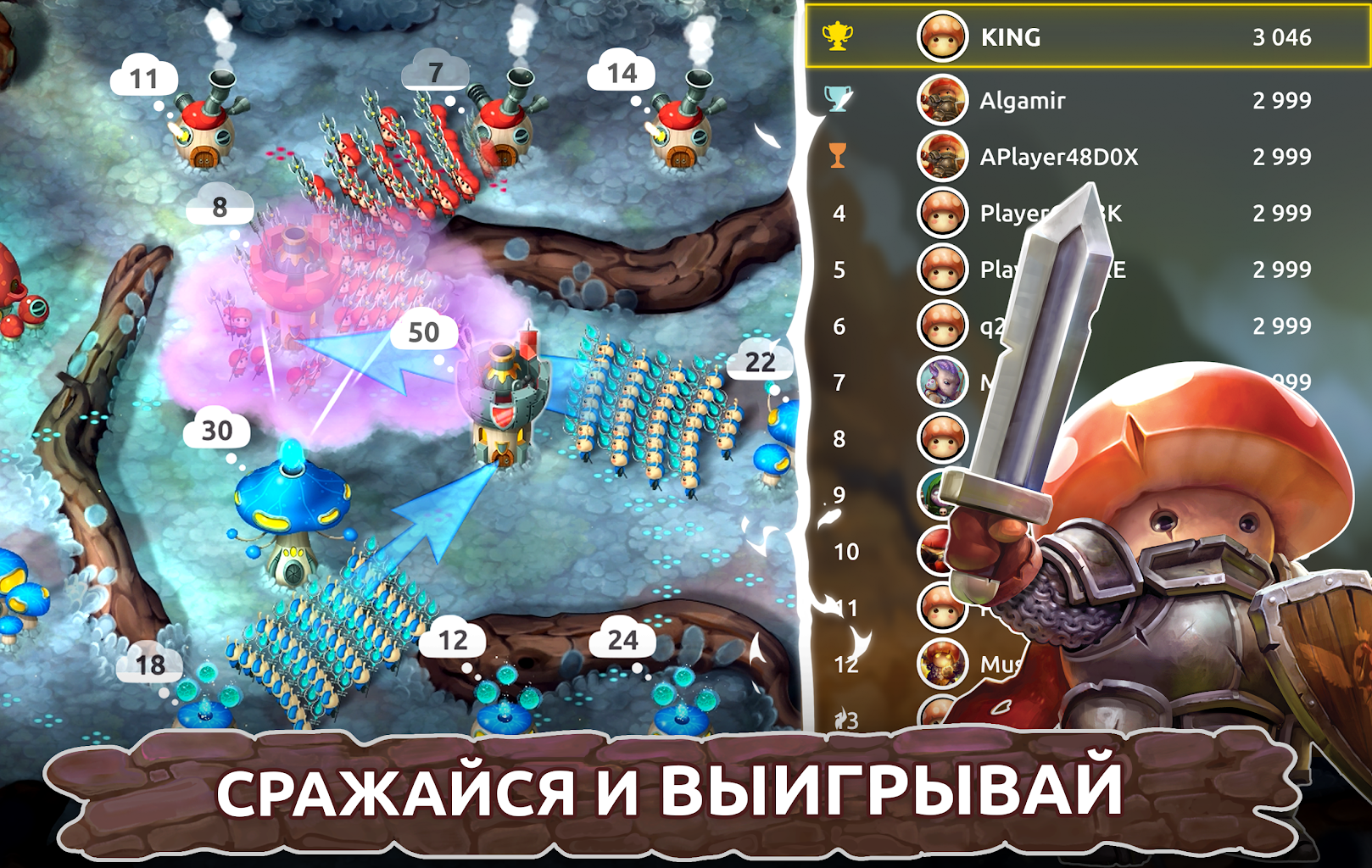


It's a real shame that bosses are merely static hazards which take out teams equally, rather than anticipating their next position or requiring a radical change in strategy. There's a reasonable attempt at mixing up mission objectives by including bosses or prioritising special buildings but their implementation and variety are underwhelming. This is equally important when attempting to invade enemy strongholds from a distance and keeping an eye on your numbers, as hazards and bosses can wipe out waves of both teams ruthlessly and understaffed huts will send out an ’SOS’ to avoid being overthrown.

There is also a coloured bar at the top of the screen that shows how the two (or three or four, depending on the mode) armies are matched.ĭepleting your rival army can be done in a combination of ways, from simply generating more troops, to taking over more important buildings like forges (which strengthen your army) or forts (which launch cannonball at the enemy within a certain radius). It can be a balancing act between moving around a percentage of troops from place to place (mapped to the four face buttons) or changing/reinforcing existing buildings by holding ’L’. Sometimes during the campaign, you'll be severely outnumbered from the off, which will require a lot of groundwork before you make a more attack-orientated plan of action. Grey huts are available from the outset to grow your army before trying to take on the other team(s). Holding ’R’ will bring up an arrow for you to direct your troops across the map. Moving the left analog stick around will highlight one of your little villages, which will also have a cloud above it indicating the number of troops inside. Your main task in each and every conquest (stage) is to defeat your enemy by taking over all of their houses. Thankfully, there are environmental obstacles such as rivers, slopes and even more deadly traps later on to keep things fresh in both the looks and gameplay department.įor those who are in the dark about Mushroom Wars’ style of RTS action, here's a little taster. That's not to say Mushroom Wars 2 is an ugly game - because it isn't - it's just that the single screen stages are a bit flat, and there's a lack of dynamic cutscenes or set-pieces.

Presentation-wise, Mushroom Wars 2 is a pleasant experience, as the aforementioned exposition has a nice painted art style to it, but in-game it’s more a case of focusing on your massive armies and their progress than marvelling at the scenery or spectacular explosions. With nearly 200 hundred stars to collect, spread across four difficulty settings, there's certainly a lot of content on offer (even if it does get a little repetitive after a while).
#MUSHROOM WARS BUILDINGS FULL#
While it might seem a little strange to witness an epic story full of valour, nobility, betrayal and honour played out in paintings that feature heavily-armoured mushrooms and an increasingly dishevelled mosquito (sorry, there is no dialogue so we took some creative liberties), there's still an affable charm to it as you progress through the two campaigns on offer. Despite its quirky subject matter, Mushroom Wars 2 offers a solid interpretation and an ideal fit for Switch.
#MUSHROOM WARS BUILDINGS PC#
Normally associated with PC and popularised recently on mobile devices, the balance of depth and accessibility to attract both veterans and newcomers is a lucrative combination and one that’s arguably even more tricky to achieve on consoles. Considering the influx of titles to the Nintendo Switch, one genre that is very under-represented so far is real-time strategy.


 0 kommentar(er)
0 kommentar(er)
